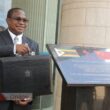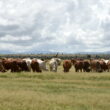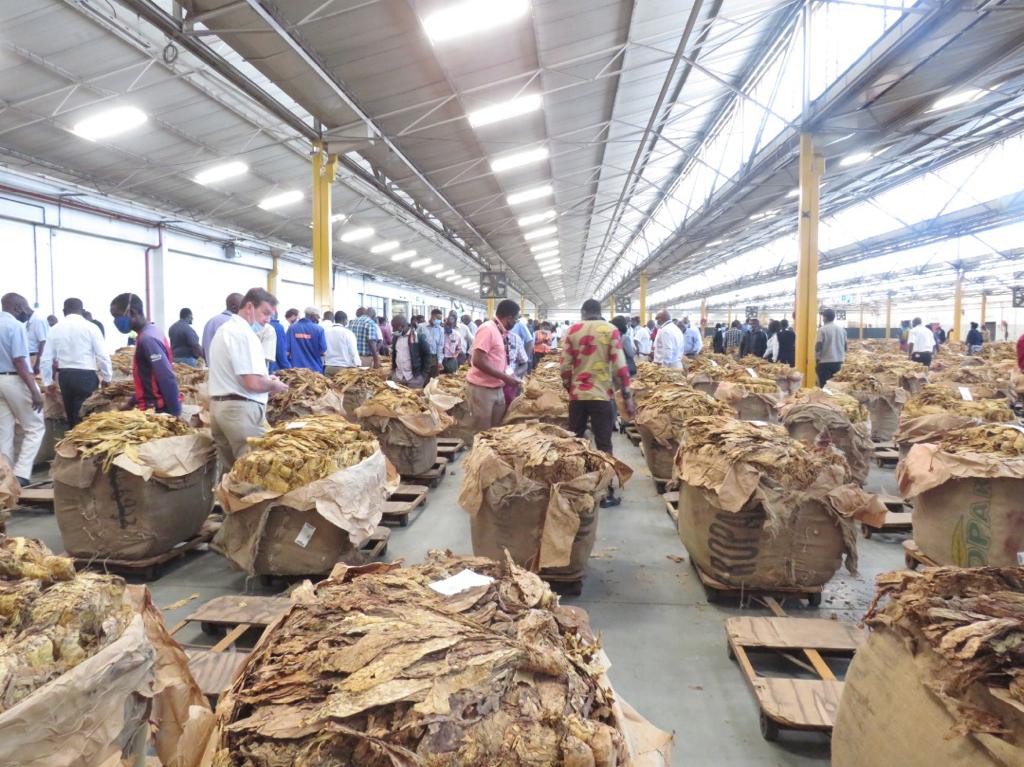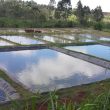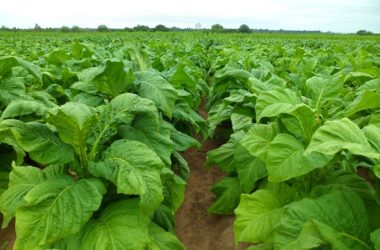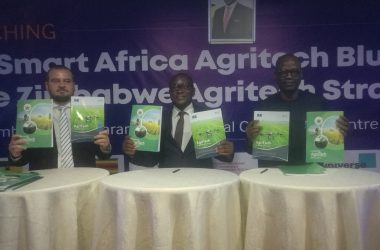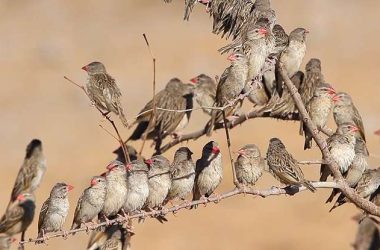
Zimbabwe could improve export earnings through tobacco value addition and beneficiation, which has a potential value of US$15 billion from cigarettes export.
The country is processing only +/-2% of the tobacco leaf into cigarettes and is realising only about US$0.9 billion from leaf exports, according to the Tobacco Industry and Marketing Board CEO Meanwell Gudu.
Zimbabwe could take a que from countries benefitting from tobacco value addition and beneficiation such as the Dominican Republic where tobacco and cigars are the “star” products of the country’s productive sector.
In 2021, total exports reached US$1,236 million. An unprecedented figure that marks a historical peak in the last 10 years and that reflects a year-on-year growth of 32% and 30% compared to 2020 and 2019, respectively.
Tobacco accounts for 17% of all exports from free zones and generates close to 6% of the country’s total foreign exchange. In the last year, the generation of jobs in free zones has been higher than in the tourism sector.
An indigenous tobacco contracting company, Voedsel, will set up a multi-million-dollar tobacco processing plant in Rusape, Zimbabwe, in a move that is set to promote value addition of the sector. This is in line with the Tobacco Value Chain Transformation Plan.
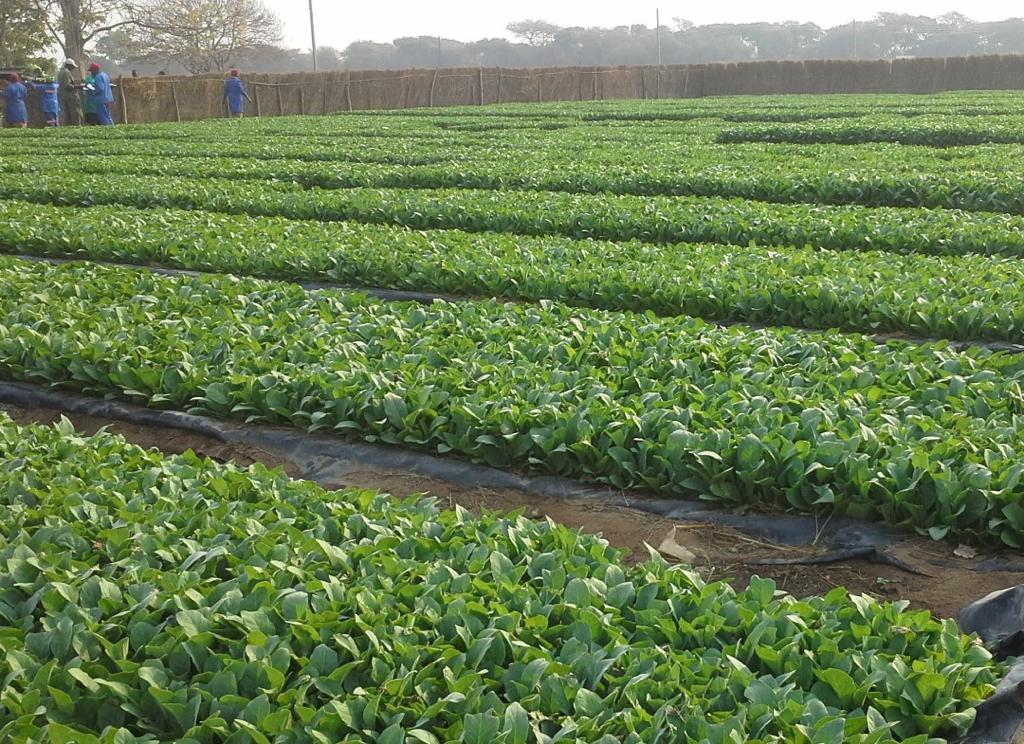
Apart from the lack of value addition and beneficiation, other challenges in the tobacco industry, include limited local financing and low net tobacco export benefits.
“Localization of tobacco production and marketing financing has potential to maximize the net export proceeds. This is an investment opportunity,” said Gudu.
The financing of tobacco production and marketing is regulated by the Reserve Bank of Zimbabwe (RBZ) through the Exchange Control Tobacco Finance Order of 2001, which require tobacco merchants to borrow offshore in order to buy green leaf tobacco.
After export, only the value-added component accrues to the country while the rest of the export proceeds are used to service offshore loans accessed during the buying season.
The Anti-Tobacco Production and Marketing Campaign Threat where tobacco products have been the focus of tightening regulations for decades have caused higher taxation and increasing health awareness among consumers which has had the effect of reduced smoking rates and volume consumption significantly in the past.
Other viability challenges include high cost of production and increased USD component in the cost of production which has made Brazil tobacco generally cheaper than Zimbabwe attributable to low production costs.
Turning to this year’s marketing season which commences on March 30, Gudu said due to anticipated reduced volumes in Zimbabwe this season, there will be more pressure on the demand side to take the crop, which should naturally increase prices upwards. This is likely to be experienced in the medium to filler grades.
“Some kind of hoarding of tobacco is likely to happen that may influence prices to be better because of disruptions in logistics caused by Covid-19. Supply chains were disrupted from 2020 into 2021 due to shortage of vessels and closure of some shipping lines. Now that the world has lifted the Covid-19 restrictions and uncertainty in the possibilities of other waves, customers are likely going to grab this opportunity to stock up their tobacco, thereby increasing artificial demand,” he added.
Brazil is likely to be 80 million kilogrammes short of their usual production level because of drought. This creates less competition for Zimbabwe, according the TIMB CEO.
India has fixed its 2021-22 production of FCV up to 270 million kilograms, against 236 million kilograms in the previous year.
Prices
Top quality tobacco grades for premium brands are likely to remain unchanged ($3.5 – $5.40/kg) in prices compared to last season. The high-end market for this grade has reached its ceiling in price increase. The major market for these grades is in China and there are no indications to change prices upwards.
“Brazil has an almost similar flavour to Zimbabwe but faces challenges in consistency in the supply of orders and some changes in flavour due to sometimes natural disasters like floods,” according to Gudu.
Prices on auction floors will be determined by the bidding process, the highest bid being the final price on every tobacco bale.
A grade-price matrix derived from the average grade prices from the previous day auction sales will determine the floor price for every grade on the contract sales.
Three auction floors will operate in Harare this season while 33 contractors and 35 ‘A’ Class buyers have licensed this season.
Tobacco farmers shall be paid 75% of their sales proceeds in foreign currency and the 25% portion shall be paid in local currency, converted at the prevailing auction exchange rate on the day of sale.
The 75% portion shall be paid directly into the growers’ foreign currency accounts and shall be treated as free funds. Similarly, the 25% local currency portion shall be deposited into the growers’ local bank accounts or e-wallets.


